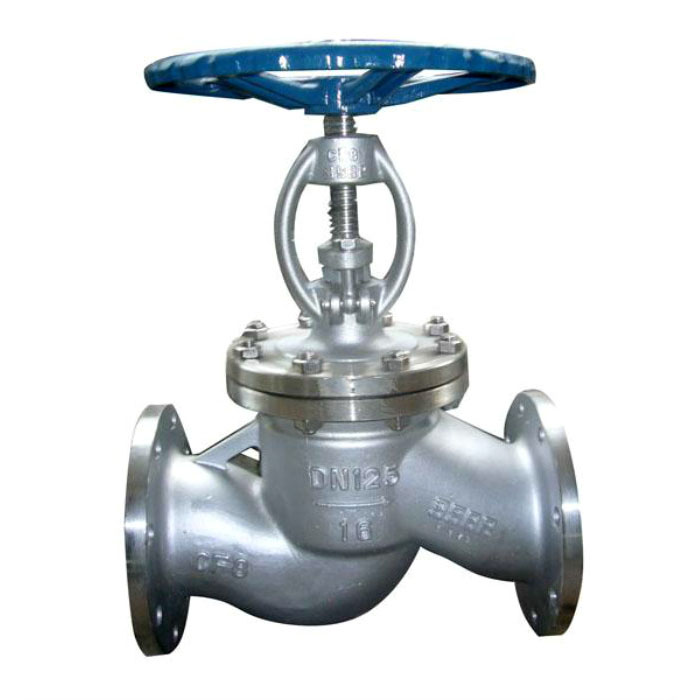How to choose correct valve types for chemical industry

I.Introduction
Chemical valve is an important accessory for fluid control on industrial pipelines. Facing various working conditions of complex industrial systems and a large variety of valves, you should first understand the performance of the valve if you want to choose a suitable valve for the pipeline system. The steps and basis for valve selection should follow the selection of valves for the chemical industry
Chemical valves have higher requirements than other valves. Generally, the valves used in chemical valves are relatively easy to corrode. From simple chlor-alkali industry to large petrochemical enterprises, there are a large amount of demands for high temperature, high pressure, corrosion resistance, wear resistance, and temperature and pressure differential. For this kind of high-risk valve, the selection and use of the valve should be strictly implemented in accordance with chemical industrial standards.
II.How to select chemical valves
The chemical industry generally chooses straight-through valves with low flow resistance. Generally, they are used as on-off valves. Valves that are easy to adjust flow are used to control flow. Plug valves and ball valves are more suitable for reversing and diverting. The sliding part of the closing part along the sealing surface with a wiping effect is most suitable for media with suspended particles. Common chemical valves are ball valves, gate valves, globe valves, safety valves, plug valves, check valves, etc. The main media of chemical valve contains chemicals, especially many acidic and alkali-corrosive media. CF8 or SS304 is preferred material for mainstream application while CF3, CF3M and CF8M materials are chosen for the most demanding application. Corrosive fluids combining a variety of chemicals are alloy steel or Fluorine lined valve.
III.Types of chemical valves:
1. On-off type: cut off or communicate the fluid flow in the tube;
2. Regulating type: regulating the flow and velocity in the tube
3. Throttle type: A large pressure drop is generated after the fluid passes through the valve
4. Other types:
a. Automatic opening and closing type
b. Pressure maintaining type
c. Blocking steam and drainage type.
IV.Precautions of inspection before using chemical valves:
① Whether there are defects such as trachoma and cracks on the outside and inside of the valve body;
② Whether the valve seat and the valve body are firmly connected, whether the valve core and the valve seat match, and whether the sealing surface is defective;
③ Whether the valve stem and valve trim are connected flexibly and reliably, whether the valve stem is bent, and whether the thread is damaged;